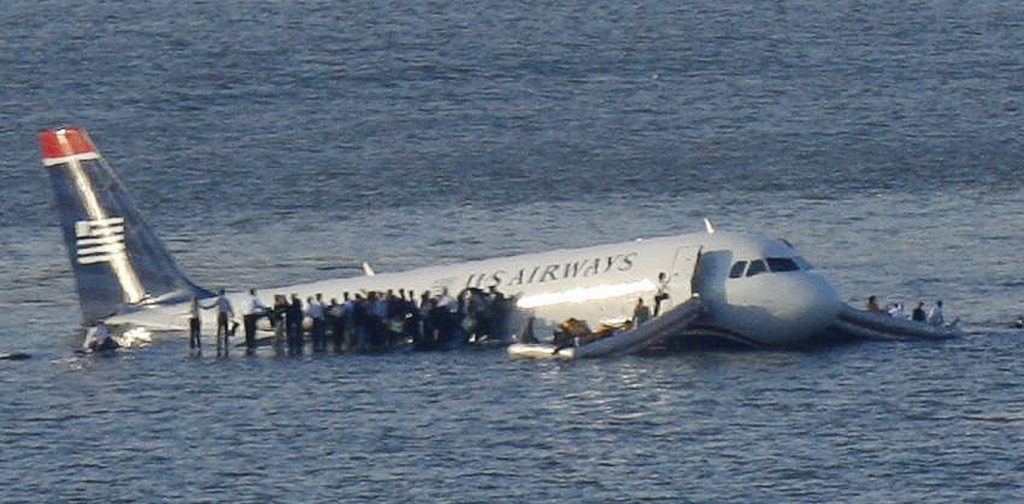
Every pilot knows the feeling. Maybe you contributed. Maybe it wasn’t your fault. But the margins were closer than you wanted, and you don’t want to experience that again! Your heart probably missed a beat but, thankfully, it’s still beating today. Some people call it a “close call.” Today’s terminology might be an “undesired aircraft state.” Whatever you call it, your job as a pilot is to avoid these situations.
Some emergencies provide time to deal with the situation, such as a landing gear malfunction. Then there are others, such as Captain Sullenberger’s famous emergency ditching, which required a more immediate response. When asked about the use of a checklist for the ditching procedure, Sullenberger responded: “Not only did we not have time to go through a ditching checklist, we didn’t have time to even finish the checklist for loss of thrust in both engines. That was a three-page checklist, and we didn’t even have time to finish the first page. That’s how time-compressed this was.”
Capt. Sullenberger and the passengers and crew of USAir Flight 1549 certainly weren’t lucky to have birds take out both engines, and “luck” had nothing to do with their ultimate survival. As Sullenberger has pointed out so many times, it was preparation and training, even beyond what’s “required” that helped guide him and his crew to a safe outcome and avoid significant loss of life. Various elements of the crew’s past experiences and training helped to guide them to a safe conclusion.
Often underestimated as a threat, Loss of Control In-flight (LOC-I) is the leading cause of fatalities and fatal accidents in every sector of aviation according to the National Transportation Safety Board. A study by Boeing and NASA indicated that as little as six to ten seconds may be available to defeat an unexpected airplane upset event that could lead to a LOC-I situation. In an aircraft upset, there are many aerodynamic, physical, and psychological phenomena that can compromise your ability to safely and effectively recover. Six to ten seconds is often insufficient to understand the complex and counter-intuitive factors present.
Don’t rely on the luck that you won’t encounter an in-flight upset event, invest in training that will help you safely and effectively deal with the airplane upset you could encounter.
Proper Upset Prevention and Recovery Training (UPRT) is the best defense against LOC-I, the leading threat to corporate and business aviation. Let us help you to be prepared for the wide variety of upset conditions you could face.
As Spanish philosopher Baltasar Gracian once said, “Luck can be assisted. It is not all chance with the wise.” Prepare yourself by getting comprehensive UPRT from the leading provider in the industry.
Comments: